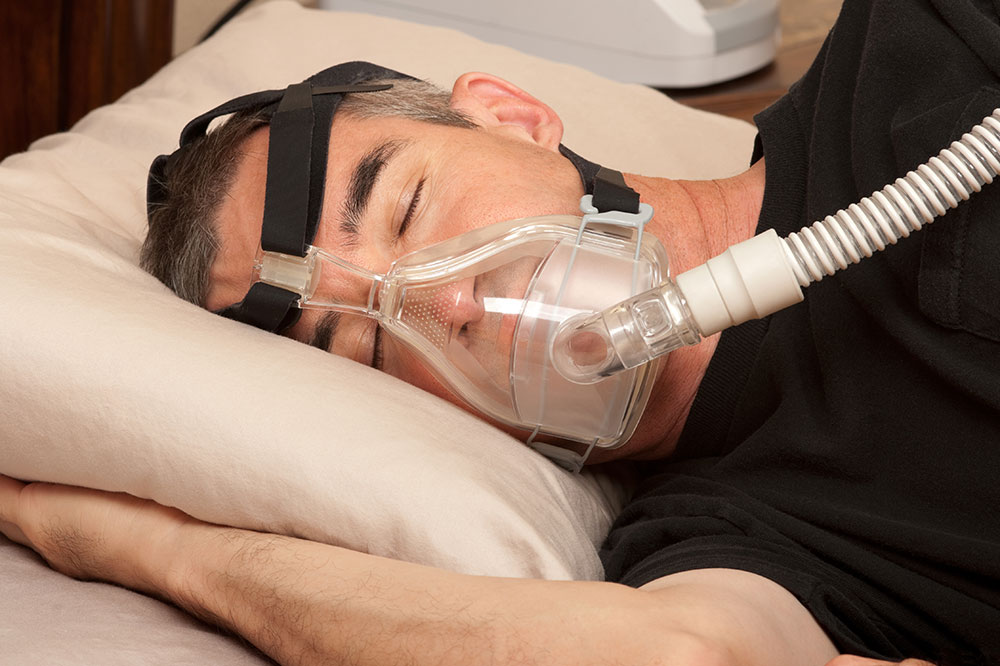3 medical treatments recommended for sleep apnea
Sleep apnea is a sleep disorder that may lead to serious health problems. The condition induces high blood pressure. In other cases, it may cause one to stop breathing while sleeping. So, to avoid any health disorders caused by sleep apnea, it is essential to seek treatment at the earliest.
Here are the common medical treatments that help ease or prevent the symptoms of the disorder.
Positive Airway Pressure (PAP) therapy
It is one of the most commonly used treatments for most people affected by sleep apnea. In this therapy, the patient is required to wear a mask over their nose, mouth, or both.

- Continuous Positive Airway Pressure (CPAP)
It is a preferred device that is set at one single pressure.
- Bi-Level PAP
The device uses a single pressure when the person breathes in and a lower pressure while breathing out.
- Auto CPAP
Auto CPAP devices can self-regulate their pressure based on the requirements detected by the machine.
- Adaptive Servo-Ventilation (ASV)
ASVs are used for patients with central sleep apnea.
Hypoglossal nerve stimulator
A Hypoglossal nerve stimulator is a device that stimulates the hypoglossal nerve with every breath. The process moves the tongue away from the airway and allows air to pass through. The stimulator is implanted under the skin on the right side of the chest. It also houses electrodes that move to the hypoglossal nerve and then to the intercostal muscles in the chest.
Surgical procedures
Surgical procedures are preferred for those with excessive or invasive tissue formations which obstruct the airflow through the nose or throat. These are used when the septum has deviated, when one has enlarged tonsils, or even in people with a small lower jaw (an overbite) that renders a narrow throat. Surgery is the next step when the patient’s condition has not been treated via CPAP trials. The types of surgeries include:
- Somnoplasty
- Tonsillectomy
- Nasal surgery
- Uvulopalatopharyngoplasty (UPPP)
- Mandibular/maxillary advancement surgery

